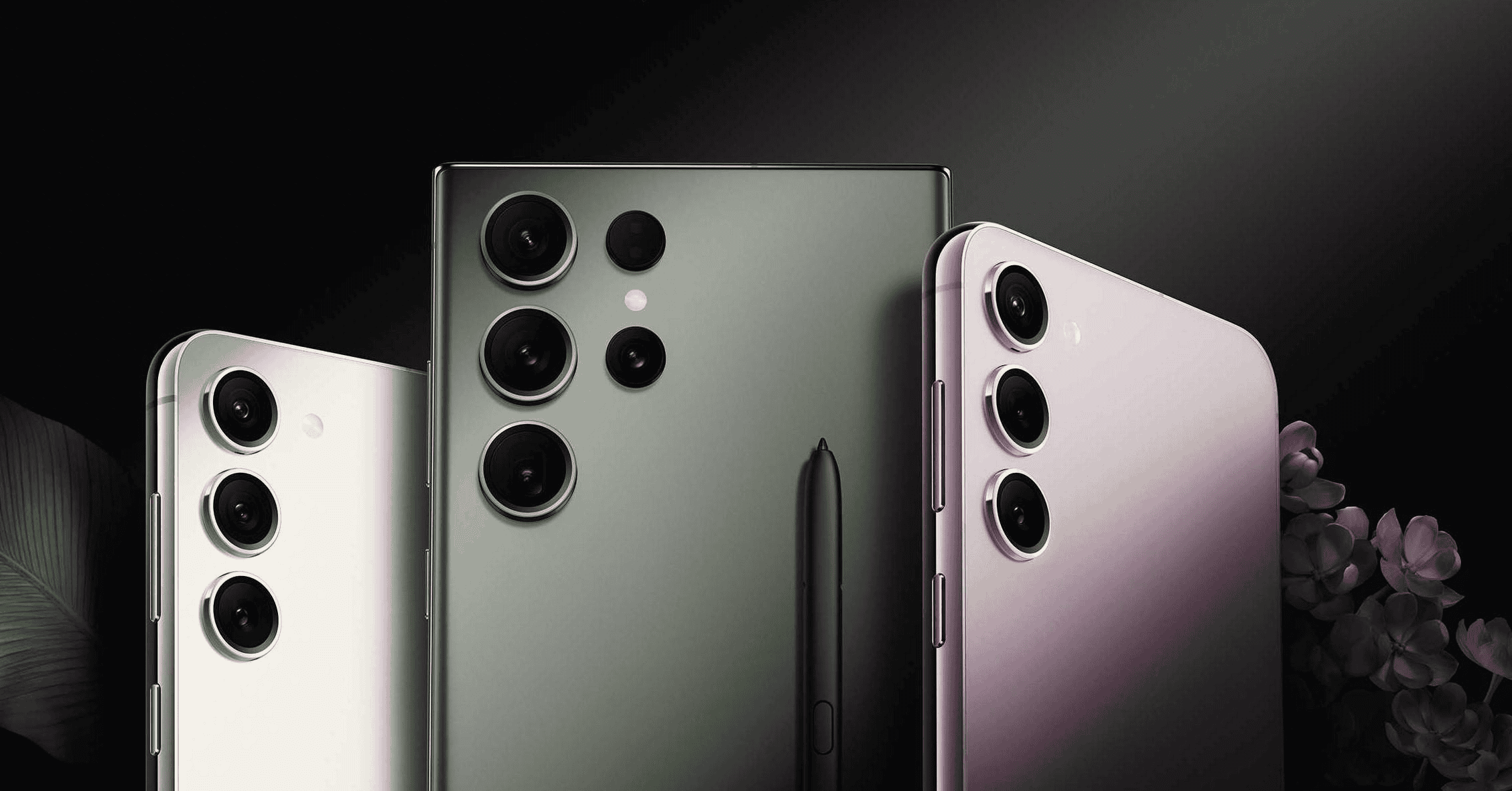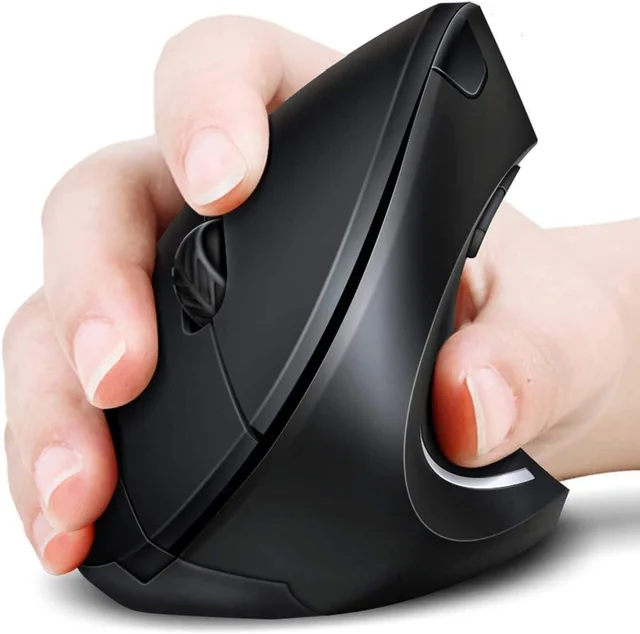What is a NPU (Neural Processing Unit)
Discover what Neural Processing Units (NPUs) are, how they differ from GPUs, and why they're revolutionizing AI processing in smartphones, laptops, and smart devices. Complete guide with real-world examples.
If you've been shopping for a new smartphone or laptop lately, you've probably noticed manufacturers bragging about something called an "NPU." But what exactly is a Neural Processing Unit, and why should you care about it?
Think of an NPU as your device's dedicated AI brain. While your regular processor (CPU) handles general computing tasks and your graphics card (GPU) manages visual processing, an NPU is specifically designed to handle artificial intelligence tasks with incredible efficiency. It's like having a specialized assistant whose only job is to make your AI features work faster and use less battery.
The timing couldn't be better. With AI features becoming standard in everything from photo editing to voice assistants, NPUs are transforming how we interact with our devices. Whether you're using real-time translation, background blur on video calls, or smart photo organization, there's likely an NPU working behind the scenes.
In this guide, I'll break down everything you need to know about NPUs in simple terms, compare them with other processors, and help you understand why they might be the key to your next device purchase.
Summary
- What Exactly is an NPU
- How NPUs Mimic the Human Brain
- NPU vs GPU: Key Differences
- Real-World NPU Applications
- NPU Benefits for Everyday Users
- Current NPU Devices and Market
- Performance and Efficiency
- Future of NPU Technology
- Should You Buy an NPU Device
- Frequently Asked Questions
What Exactly is an NPU?
A Neural Processing Unit (NPU) is a specialized microprocessor designed specifically to accelerate artificial intelligence and machine learning computations. Unlike traditional processors that handle tasks sequentially, NPUs are built to process multiple operations simultaneously, making them perfect for AI workloads.
The key difference lies in their architecture. While your CPU excels at handling diverse computing tasks one at a time, an NPU focuses entirely on the mathematical operations that AI algorithms require - primarily matrix multiplications and neural network calculations.
Think of it this way: if your CPU is like a Swiss Army knife (versatile but not specialized), then an NPU is like a precision surgical tool designed for one specific job. This specialization allows NPUs to perform AI tasks up to 100 times more efficiently than traditional processors while consuming significantly less power.
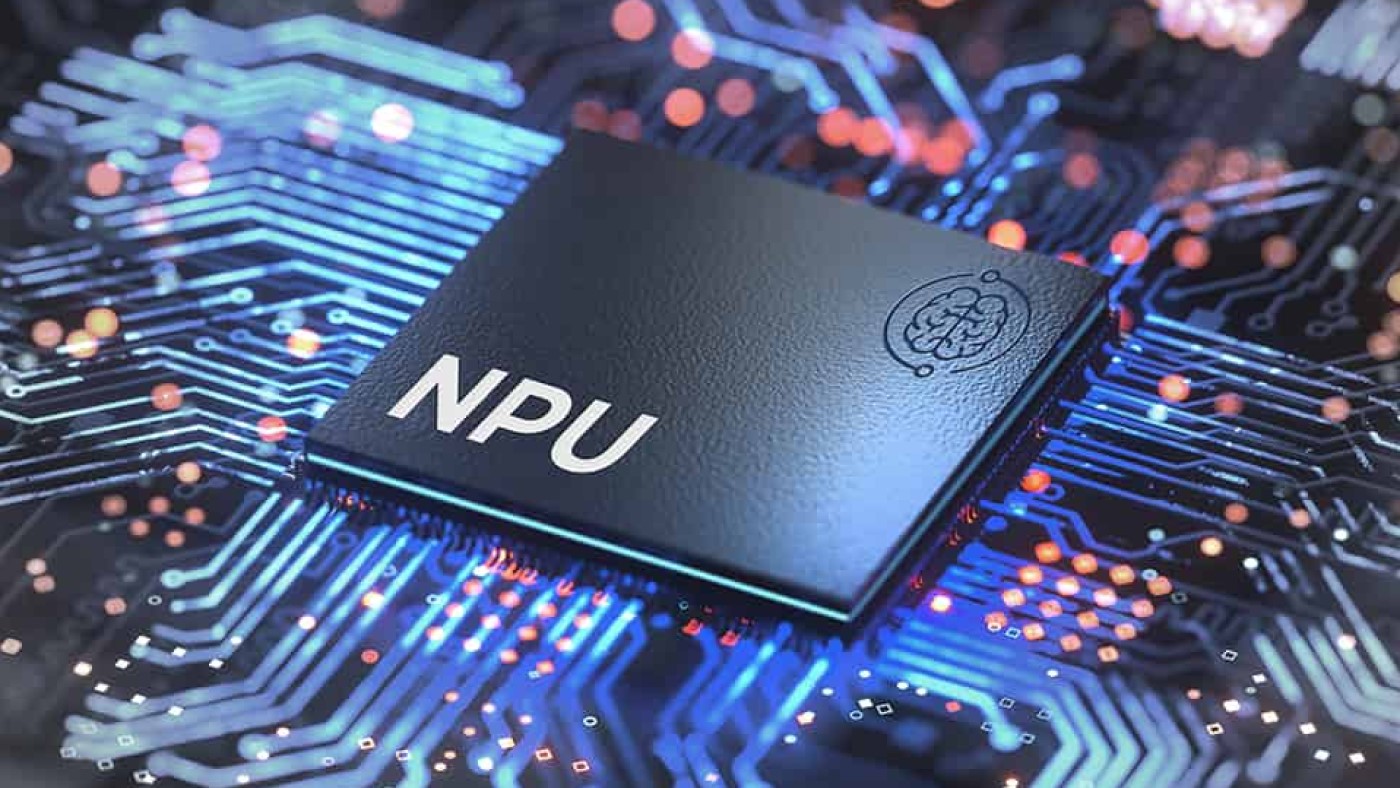
NPUs work by processing large amounts of data in parallel, performing trillions of operations per second. This makes them ideal for tasks like image recognition, natural language processing, and real-time AI applications that would otherwise drain your battery or require cloud processing.
For anyone interested in understanding more about computer hardware fundamentals, I highly recommend checking out Code: The Hidden Language of Computer Hardware and Software, which provides excellent insights into how these systems work together.
How NPUs Mimic the Human Brain
The fascinating thing about NPUs is how they're inspired by biological neural networks - essentially, they mimic how our brains process information. Just like neurons in your brain work together to process thoughts and memories, NPUs contain thousands of processing units that work simultaneously.
Here's what makes NPU architecture unique:
Specialized Compute Units: NPUs integrate dedicated hardware specifically for multiplication and accumulation operations. These are the fundamental building blocks of neural network computations, allowing for incredibly fast AI processing.
High-Speed On-Chip Memory: Traditional processors often waste time moving data back and forth between memory and processing units. NPUs minimize this bottleneck with integrated high-speed memory that keeps AI model data readily accessible.
Parallel Architecture Design: While your CPU might have 4-16 cores, NPUs can perform thousands of parallel operations simultaneously. This massive parallelism is what makes AI features feel instantaneous on modern devices.
The human brain inspiration goes deeper than just parallel processing. NPUs are designed to handle the same types of pattern recognition and learning algorithms that our brains use naturally. This is why AI features powered by NPUs feel so intuitive and responsive.
What's remarkable is how this brain-inspired design translates to real-world benefits. When you use voice commands, take photos with AI enhancement, or get real-time translation, you're experiencing the result of hardware that thinks more like you do.
NPU vs GPU: Key Differences
Understanding the difference between NPUs and GPUs is crucial for making informed tech decisions. While both processors excel at parallel computing, they're optimized for completely different tasks.
Design Philosophy: GPUs were originally designed to break down demanding image-processing tasks into smaller parallel operations. They're the workhorses behind gaming graphics, video editing, and 3D rendering. NPUs, on the other hand, are purpose-built to mimic neural network operations with specialized modules for AI-specific calculations.
Performance and Efficiency: Here's where NPUs shine. While GPUs offer excellent parallel computing capabilities, they consume significantly more power. NPUs deliver equal or better performance for AI tasks while using up to 50 times less energy. This efficiency is game-changing for battery-powered devices.
Specialization Level: GPUs are more versatile - they can handle graphics, cryptocurrency mining, scientific computing, and AI workloads. NPUs are laser-focused on AI and machine learning tasks, which makes them incredibly efficient but less flexible.
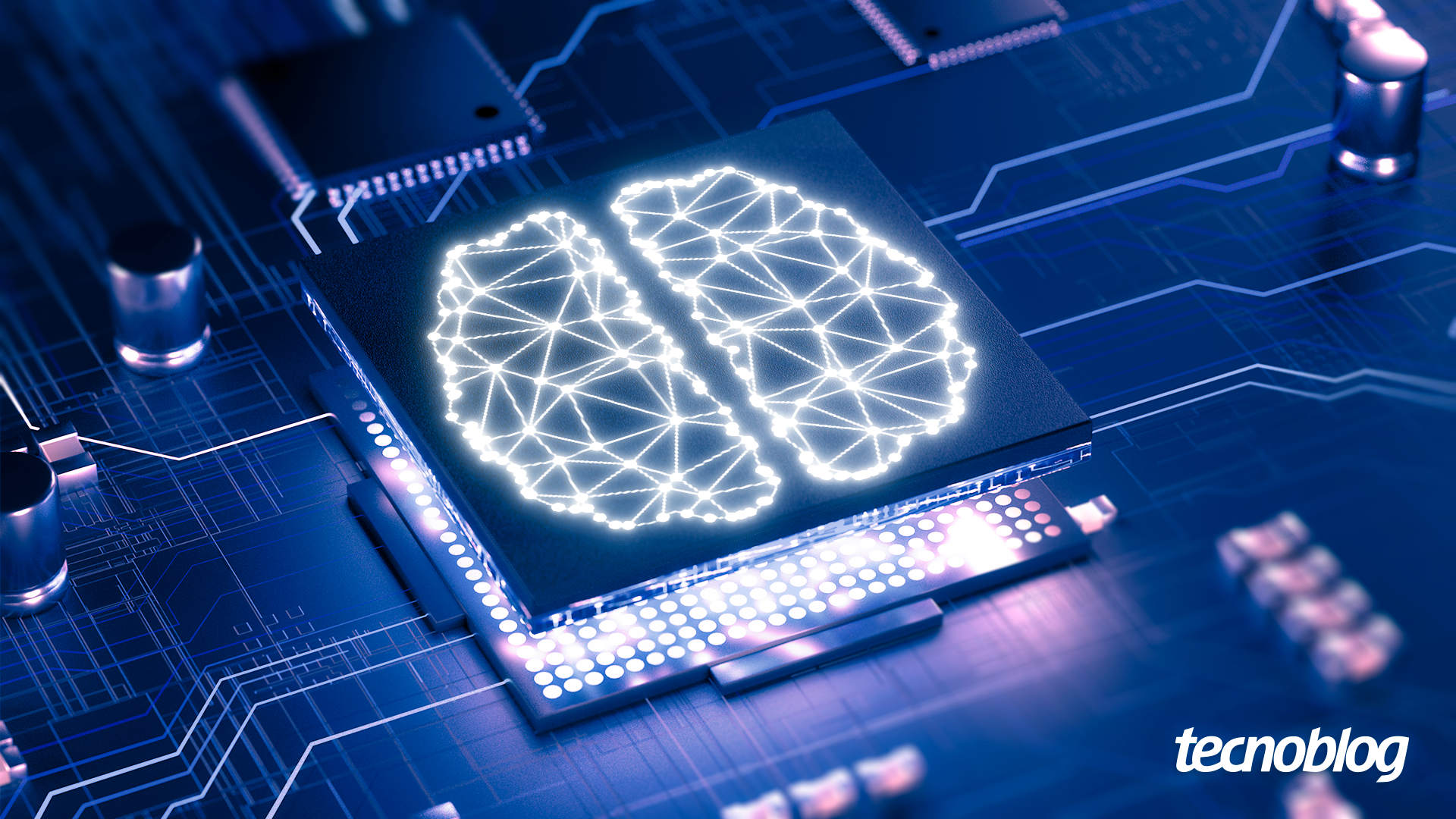
Accessibility and Ecosystem: GPUs have a mature ecosystem with extensive developer tools and community support. You can easily buy GPU-powered devices from gaming laptops to professional workstations. NPUs are newer and often integrated into specific devices, with less standardized development tools.
For those interested in diving deeper into GPU technology and graphics processing, graphics cards on Amazon offer a wide range of options for different needs and budgets.
The bottom line? GPUs are Swiss Army knives - versatile and powerful. NPUs are precision instruments - incredibly efficient for their intended purpose.
Real-World NPU Applications
NPUs aren't just theoretical tech - they're already powering features you use daily, even if you don't realize it. Let me walk you through the most common applications that are changing how we interact with our devices.
Smartphone AI Features: Your phone's camera automatically adjusting settings, background blur in portrait mode, and real-time photo enhancement all rely on NPU processing. When you take a photo and it instantly recognizes faces or objects, that's your NPU at work.
Voice Assistants and Recognition: Whether you're using Siri, Google Assistant, or Alexa on your smart home devices, NPUs enable real-time voice processing without sending your audio to the cloud. This means faster responses and better privacy protection.
Smart Home Integration: Modern smart home devices use NPUs for local processing of commands, facial recognition for security cameras, and pattern learning for energy optimization. If you're building a smart home setup, check out these smart home devices that leverage NPU technology.
Autonomous Vehicles and Robotics: Self-driving cars rely heavily on NPUs for real-time object detection, path planning, and decision-making. The low-latency processing is crucial for safety - there's no time to send data to a remote server when avoiding an accident.
Content Creation and Editing: Video editing apps on your phone can now apply complex filters, remove backgrounds, and enhance audio in real-time. Professional creators are increasingly using NPU-powered devices for on-the-go editing without compromising quality.
For creative professionals looking to upgrade their workflow, exploring home office desk setups that accommodate NPU-powered devices can significantly improve productivity.
NPU Benefits for Everyday Users
The advantages of NPU technology extend far beyond technical specifications - they translate into tangible improvements in your daily device usage. Here's how NPUs are making your tech life better:
Lightning-Fast AI Processing: Tasks that previously took seconds now happen instantly. Photo editing, language translation, and voice recognition all feel more responsive because NPUs handle these operations locally on your device.
Dramatically Extended Battery Life: This is perhaps the most noticeable benefit. NPUs consume up to 90% less power than traditional processors when handling AI tasks. Your smartphone or laptop can run AI features all day without the battery drain you'd experience with CPU or GPU processing.
Enhanced Privacy and Security: Since NPUs process AI tasks locally on your device, your personal data doesn't need to travel to remote servers. Your voice commands, photos, and personal information stay on your device, giving you better control over your privacy.
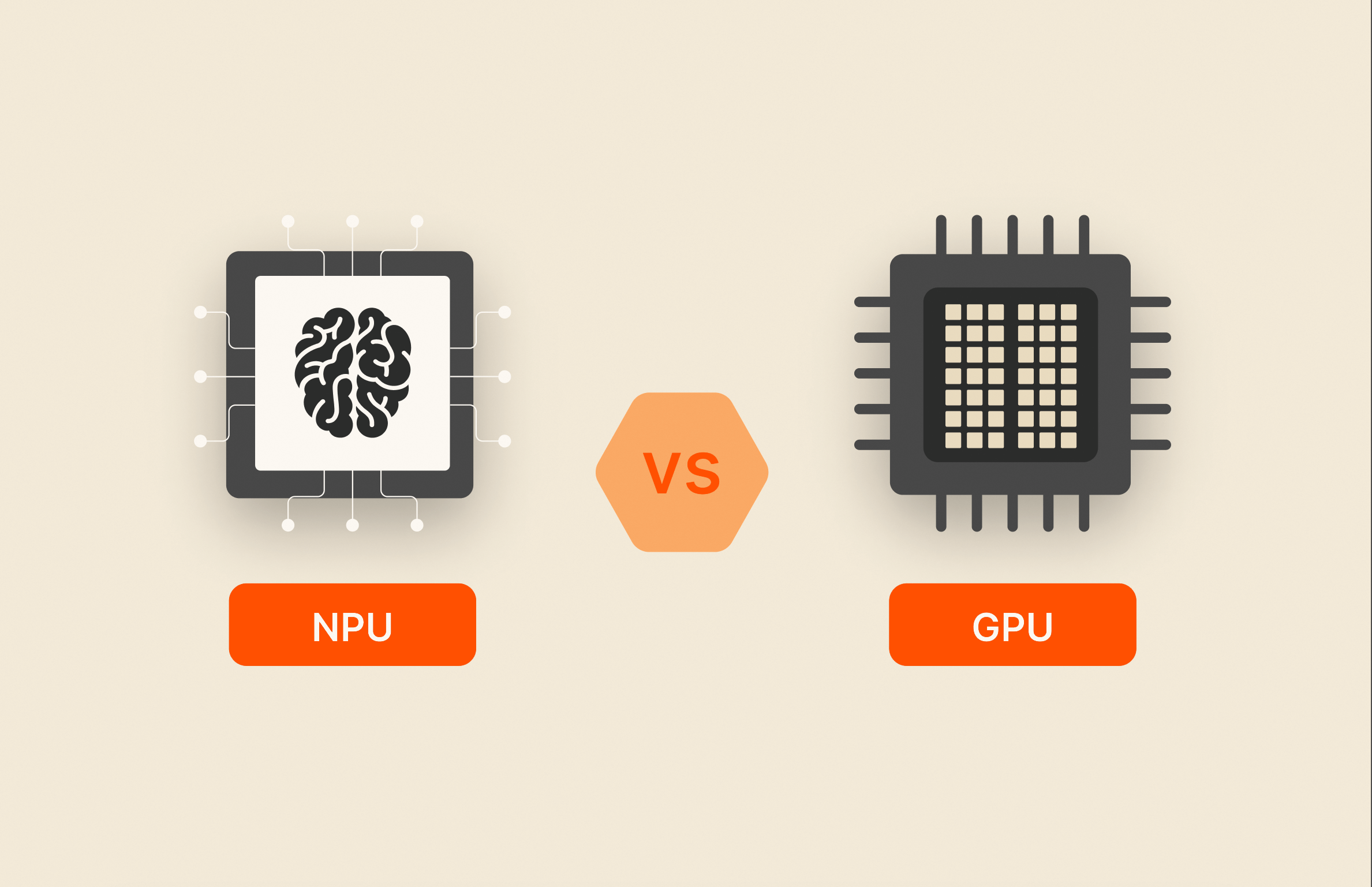
Improved User Experience: NPUs enable features that work seamlessly in the background. Real-time translation during video calls, automatic photo organization, and predictive text all become more accurate and responsive.
Future-Proofing Your Devices: As AI features become more sophisticated, devices with NPUs will be able to handle new capabilities through software updates. This means your investment in NPU technology pays dividends over time.
For professionals who depend on reliable, efficient computing, investing in computers designed for modern AI workloads can provide significant productivity benefits.
The real magic happens when all these benefits combine. You get a device that's more responsive, lasts longer on battery, protects your privacy, and stays relevant as AI technology advances.
Current NPU Devices and Market
The NPU market has exploded in recent years, with major tech companies racing to integrate these specialized processors into consumer devices. Here's where you'll find NPUs today and what to look for:
Smartphone Integration: Apple's A-series chips (starting with the A11 Bionic), Qualcomm's Snapdragon processors, and Samsung's Exynos chips all include NPU technology. Modern Apple smartphones and Samsung devices leverage these for camera AI, voice processing, and app optimization.
Laptop and Desktop Computing: Intel's recent processors include integrated NPUs, while Apple's M-series chips in MacBooks feature dedicated Neural Engine units. If you're in the market for a powerful laptop, MacBook models offer some of the most mature NPU implementations available.
Smart Home and IoT Devices: From smart speakers to security cameras, NPUs are enabling more sophisticated local processing. Devices can now perform complex AI tasks without constant internet connectivity, improving both speed and reliability.
Tablet and E-Reader Integration: Modern tablets use NPUs for enhanced note-taking, document scanning, and productivity features. Even Kindle devices are incorporating AI for better text processing and reading optimization.
Market Growth and Competition: The NPU market is experiencing explosive growth, with projections suggesting it will reach $30 billion by 2027. Major players include Qualcomm, Apple, Intel, AMD, and emerging companies like Hailo and Mythic.
Understanding this landscape is crucial when choosing your next device. NPU capabilities vary significantly between manufacturers, so researching specific implementations can help you make the best choice for your needs.
Performance and Efficiency
The numbers behind NPU performance are genuinely impressive, but understanding what they mean in practical terms is more important than memorizing specifications. Let's break down the key performance metrics that matter:
Processing Speed and Throughput: Modern NPUs can perform anywhere from 1 to 50+ TOPS (Trillions of Operations Per Second). To put this in perspective, tasks like real-time language translation or photo enhancement that would take several seconds on a CPU happen almost instantly with NPU acceleration.
Energy Efficiency Comparison: This is where NPUs truly excel. While a GPU might consume 200-300 watts processing AI workloads, an NPU achieves similar results using just 5-15 watts. For battery-powered devices, this efficiency difference is revolutionary.
Real-World Performance Examples:
- Photo processing: 0.1 seconds vs 3-5 seconds (CPU)
- Voice recognition: Instantaneous vs 1-2 seconds (CPU)
- Background blur in video calls: Real-time vs significant lag (CPU)
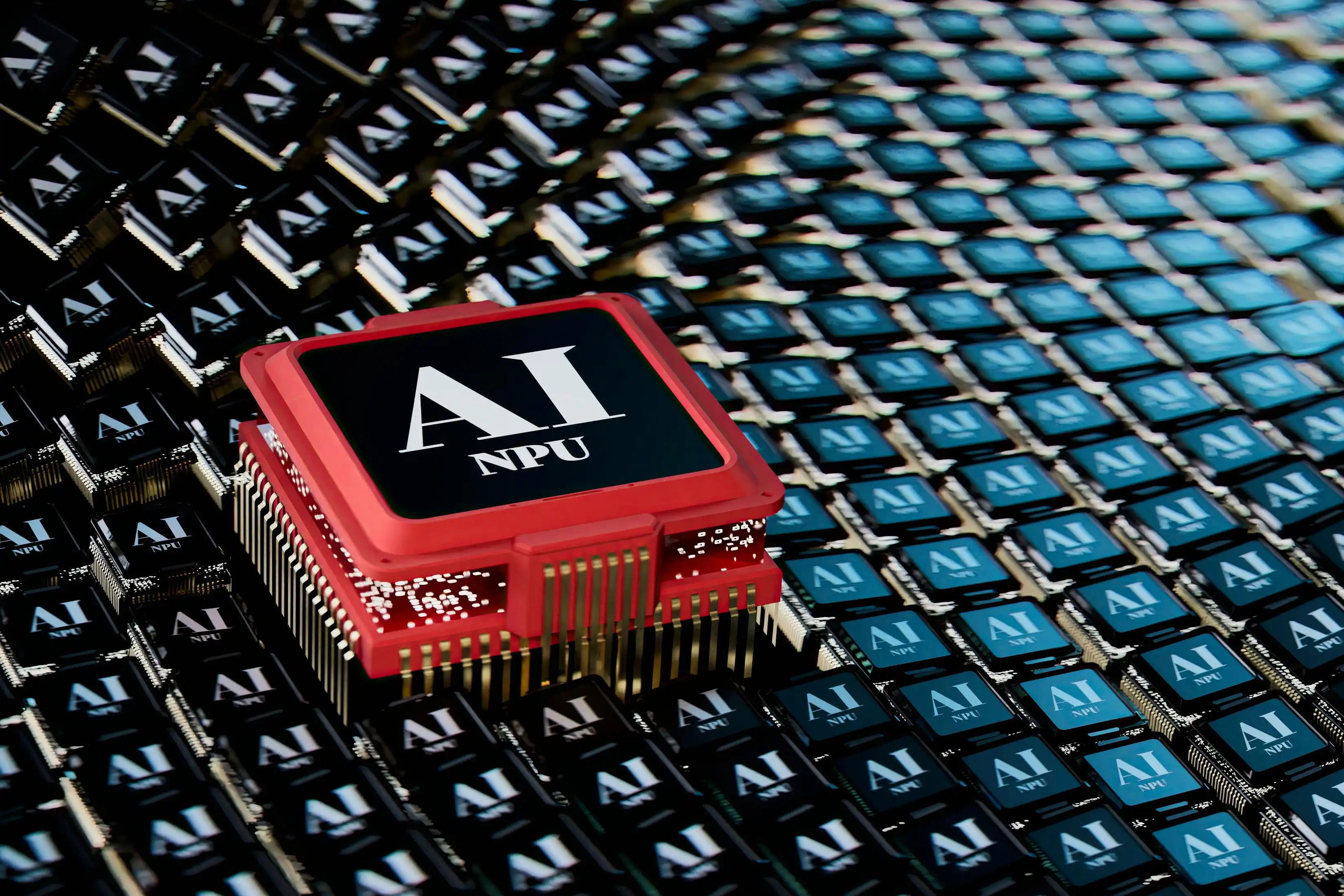
Thermal Management: NPUs generate significantly less heat than CPUs or GPUs when processing AI workloads. This means your devices stay cooler, run quieter, and don't throttle performance due to overheating.
Scalability and Future Performance: As AI models become more sophisticated, NPUs are designed to scale efficiently. The parallel architecture means that increasing NPU capability often just requires adding more processing units rather than completely redesigning the chip.
For tech enthusiasts interested in understanding more about AI engineering and optimization, The AI Engineering Bible provides comprehensive insights into building efficient AI systems.
The performance advantages become even more apparent when you consider that NPUs can work alongside CPUs and GPUs, handling AI-specific tasks while freeing up other processors for their specialized functions.
Future of NPU Technology
The NPU landscape is evolving rapidly, with exciting developments that will reshape how we interact with technology. Here's what's coming and why it matters for your future tech decisions:
Next-Generation Architecture: Future NPUs will feature even more specialized processing units, with some chips incorporating dedicated modules for specific AI tasks like computer vision, natural language processing, and sensor fusion. This specialization will make AI features even more efficient and capable.
Integration with Quantum Computing: Researchers are exploring hybrid systems that combine traditional NPUs with quantum processing units for certain AI calculations. While still experimental, this could exponentially increase processing capabilities for complex AI models.
Automotive and Robotics Evolution: The automotive industry is driving NPU development for autonomous vehicles. Future cars will require NPUs capable of processing massive amounts of sensor data in real-time while consuming minimal power to preserve vehicle range.
Edge Computing Revolution: NPUs are becoming central to edge computing strategies, where processing happens locally rather than in distant data centers. This trend will reduce latency, improve privacy, and enable AI applications in areas with limited connectivity.
Software Ecosystem Maturation: Development tools and programming frameworks for NPUs are rapidly improving. This means developers can more easily create NPU-optimized applications, leading to a explosion of AI-powered software.
For professionals looking to stay ahead of these trends, resources like AI Engineering: Building Applications with Foundation Models provide valuable insights into emerging AI technologies.
Sustainability and Manufacturing: Future NPU development will focus heavily on reducing the environmental impact of semiconductor manufacturing while improving chip efficiency. This includes extending device lifespans and optimizing manufacturing processes.
The convergence of these trends suggests that NPUs will become as fundamental to computing as CPUs and GPUs are today, powering an AI-integrated future we're just beginning to imagine.
Should You Buy an NPU Device?
The decision to prioritize NPU capability in your next device purchase depends on your specific needs and usage patterns. Here's a practical framework to help you decide:
You'll Benefit Most from NPUs If You:
- Use AI features regularly (camera AI, voice assistants, real-time translation)
- Value long battery life and device efficiency
- Work with content creation or editing applications
- Care about privacy and prefer local processing over cloud services
- Want a future-proof device that can handle upcoming AI features
Current NPU Limitations to Consider:
- Limited software ecosystem compared to established processors
- Higher device costs due to newer technology
- Varying implementation quality between manufacturers
- Some AI tasks still benefit more from GPU or cloud processing
Practical Purchase Advice: If you're buying a smartphone, laptop, or tablet in 2025, choosing a device with NPU capability is generally recommended. The technology has matured enough that the benefits outweigh the costs for most users.
For specific device categories, consider these factors:
- Smartphones: NPUs are nearly standard in flagship devices and increasingly common in mid-range phones
- Laptops: Essential for professionals doing creative work or frequent video calls
- Tablets: Valuable for note-taking, document processing, and creative applications
When shopping for NPU-enabled devices, research the specific implementation rather than just checking for NPU presence. Some manufacturers integrate NPUs more effectively than others.
For those building a complete home office setup, investing in home office essentials that complement NPU-powered devices can maximize productivity benefits.
Frequently Asked Questions
Q: Do all modern devices have NPUs? A: Not yet, but adoption is accelerating rapidly. Most flagship smartphones and high-end laptops now include NPU technology, while mid-range devices are increasingly adding these capabilities.
Q: Can I upgrade my existing device to add NPU functionality? A: NPUs are integrated into the main processor chip, so they can't be added to existing devices. You'll need to purchase a new device with NPU capability.
Q: How do I know if my current device has an NPU? A: Check your device specifications for terms like "Neural Engine" (Apple), "Neural Processing Unit," "AI Engine," or "Machine Learning accelerator." Most manufacturers highlight this feature in their marketing materials.
Q: Will NPUs replace GPUs for AI tasks? A: NPUs complement rather than replace GPUs. NPUs excel at efficient inference tasks on smaller models, while GPUs remain superior for training large AI models and handling massive parallel workloads.
Q: Are NPUs worth the extra cost? A: For most users, yes. The battery life improvements, faster AI features, and future-proofing typically justify the additional cost, especially if you use AI features regularly.
Q: Do NPUs work offline? A: Yes, that's one of their key advantages. NPUs enable AI processing directly on your device without requiring internet connectivity, improving both speed and privacy.
Q: How do NPUs impact device heat and noise? A: NPUs typically generate less heat than CPUs or GPUs when processing AI tasks, resulting in cooler operation and often quieter fans in laptops and other devices.
For readers who want to dive deeper into understanding these technologies, How Computers Really Work provides excellent foundational knowledge about how these components integrate into modern computing systems.
Conclusion
Neural Processing Units represent a fundamental shift in how our devices handle artificial intelligence, bringing specialized AI processing power directly to the devices we use daily. From extending battery life to enabling privacy-focused local processing, NPUs are transforming the user experience in ways that go far beyond technical specifications.
The technology has reached a maturity level where the benefits clearly outweigh the costs for most users. Whether you're taking photos, using voice commands, or working with creative applications, NPUs make these experiences faster, more efficient, and more responsive.
As AI continues to integrate into every aspect of our digital lives, devices with NPU capability will become increasingly essential. The question isn't whether NPUs will become standard - it's how quickly they'll reach universal adoption.
When choosing your next smartphone, laptop, or smart device, consider NPU capability as a key factor. The investment in this technology today will pay dividends as AI features become more sophisticated and prevalent.
The future is AI-integrated, and NPUs are the specialized processors that make that future both practical and sustainable. By understanding what they do and how they benefit you, you're better equipped to make informed decisions about the technology that will power your digital life.
Ready to explore NPU-enabled devices? Whether you're looking at the latest tech gadgets or building out a complete smart home ecosystem, NPU technology is worth prioritizing in your next purchase.
